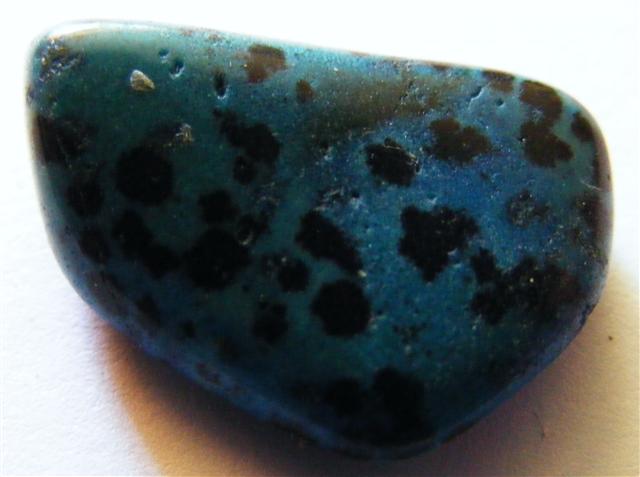
Īlthough the term jasper is now restricted to opaque quartz, the ancient iaspis was a stone of considerable translucency including nephrite. On Minoan Crete, jasper was carved to produce seals circa 1800 BC, as evidenced by archaeological recoveries at the palace of Knossos. Jasper is known to have been a favorite gem in the ancient world its name can be traced back in Arabic, Persian, Hebrew, Assyrian, Greek and Latin.

Green jasper was used to make bow drills in Mehrgarh between 4th and 5th millennium BC. This Semitic etymology is believed to be unrelated to that of the English given name Jasper, which is of Persian origin, though the Persian word for the mineral jasper is also yashp ( یَشم). iaspis) from Greek ἴασπις iaspis (feminine noun), from an Afroasiatic language (cf. The name means "spotted or speckled stone," and is derived via Old French jaspre (variant of Anglo-Norman jaspe) and Latin iaspidem (nom. Low-relief sphinx pendant, red jasper, pearl and enamel, French, circa 1870 Jaspillite is a banded-iron-formation rock that often has distinctive bands of jasper. The specific gravity of jasper is typically 2.5 to 2.9. It can be highly polished and is used for items such as vases, seals, and snuff boxes. Jasper breaks with a smooth surface and is used for ornamentation or as a gemstone.


The common red color is due to iron(III) inclusions. Jasper, an aggregate of microgranular quartz and/or cryptocrystalline chalcedony and other mineral phases, is an opaque, impure variety of silica, usually red, yellow, brown or green in color and rarely blue. Most commonly red, but may be yellow, brown, green or (rarely) blue Jasper outcrop, Bucegi Mountains, Romania


 0 kommentar(er)
0 kommentar(er)
